6 Novels That Capture the Lives of 19th Century Women For Fans of HBO’s ‘The Gilded Age’
Next stop: New York, North Carolina, Georgia, and Cuba!
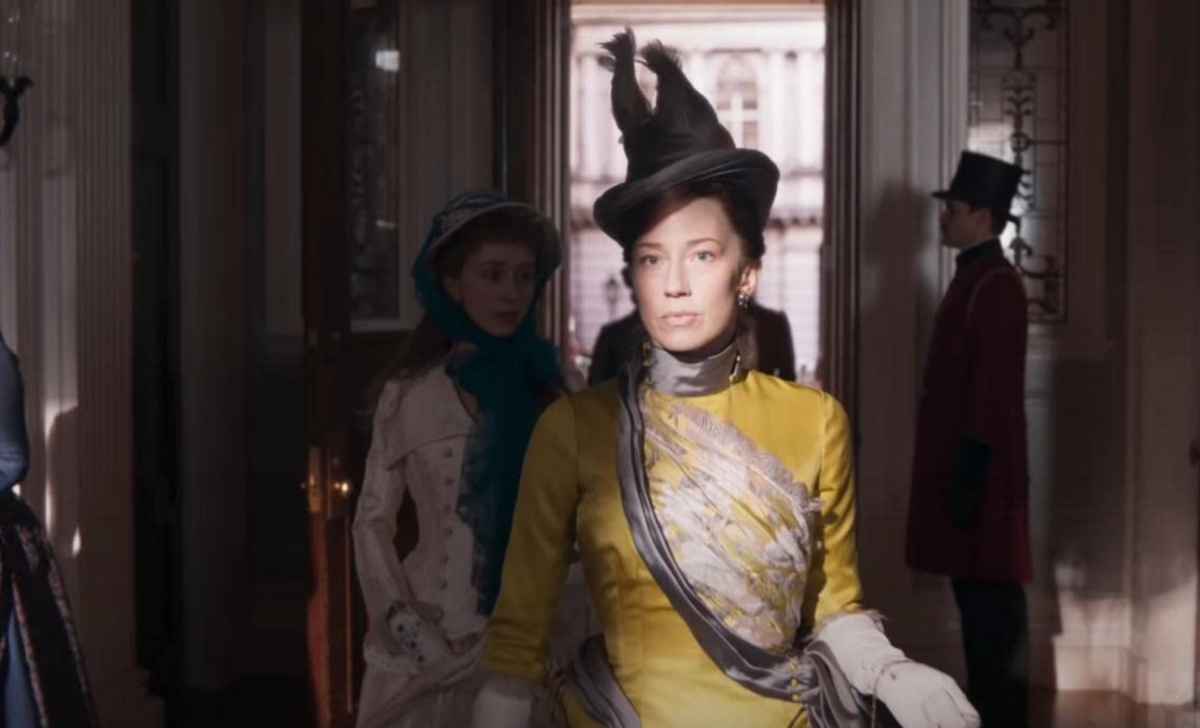
After a successful first season of HBO’s The Gilded Age, many are left thirsty for more stories from this not-too-distant past. It’s Downton Abbey off-season all over again—no surprise considering the shows share a creator. While there are many non-fiction titles to explore the lives of the names dropped in the series, the titles below take a look at the partially true or wholly fictitious stories of women, money, and power (mainly) near the end of the 19th century.
When constructing this list, I started to stick to books just set in what is considered the Gilded Age, so a strict 1870s to 1900s. However, this presents a few significant issues. The Gilded Age overlaps with the Reconstruction, and these two moments are significantly linked. After all, where did much of the “old money” come from, directly or indirectly? (If you answered “slavery and genocide,” you’d be right.) Also, The Progressive Era is often understood in tandem (the 1890s to 1917/World War I) for various reasons.
These complications in how histories begin and end (plus whose stories “count”) limit the scope of narratives that could make this list based on theme, class, and more. With that, here are six novels set in and around the Gilded Age from various settings and perspectives:
The Most Beautiful Girl in Cuba by Chanel Cleeton

As the press war rages between newspaper giants Randolph William Hearst (yes, THAT Hearst) and Joesph Pulitzer (yes, THAT Pulitzer), Grace Harrington lands a writing job in 1896 and gets a career-changing scoop from Cuba involving 18-year-old Evangelina Cisneros. The story centers on both the imperialist projects of Spain and the U.S. regarding Cuba (though this extended well into Asia) and highlights the beginning of “yellow journalism” and the lives of real women like Evangelina.
The Downstairs Girl by Stacey Lee
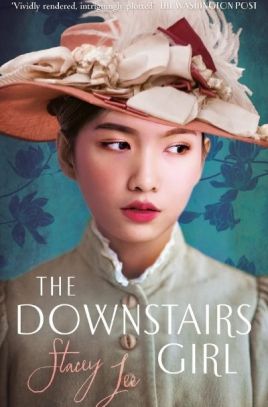
Seventeen-year-old Chinese American teenager Jo Kuan has very few things to be joyous about in her life. While she enjoys creating beautiful knotwork at the hat shop, she cannot become a U.S. citizen or even afford to rent a proper room in Atlanta. To save a newspaper tied up with her current living situation, she secretly starts an advice column called “Dear Miss Sweetie.” The overnight success means big business—until she pushes back against gender-based discrimination and the promotion of segregation. This escalates into a journey to find her parents and also puts her in the crosshairs of Atlanta’s biggest crime boss. This YA historical drama explores the societal tensions of the 1980 New South.
The Parting Glass by Gina Marie Guadagnino
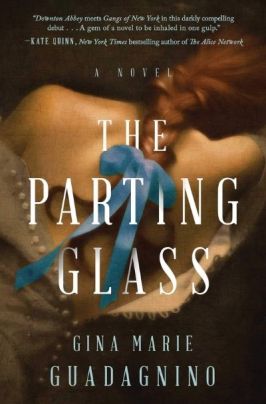
Similar to Downton Abbey, Guadagnino’s novel follows the very rich and very poor, but this time those lives are in 1830s NYC. Both Charlotte Walden, a belle of New York City high society, and Mary Ballard, her lady’s maid, live double lives. Seeking refuge from the pressures of high society, Charlotte begins an affair with a stable groom (a.k.a. stable boy). On Mary’s nights off, she drinks in the arms of a sex worker and reckons with her tenuous social stability as she hides her identity as an Irish exile. These moments of Charlotte and Mary’s rest from expectation and polite society start to overlap in unexpected and dangerous ways.
While set three decades before The Gilded Age, this story gives a backdrop to the background of upper-class women and struggling Irish immigrants. The women in this novel would reflect the background of some elders in later decades.
Carolina Built by Kianna Alexander
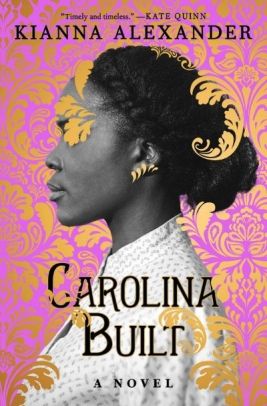
Like The Most Beautiful Girl in Cuba, Alexander’s novel features real people and names. This fictionalized biography tells the story of Josephine Leary, from her 1865 emancipation to her becoming one of the most powerful estate holders in North Carolina. Alexander utilizes both languages from that time and phrases from today. This may be distracting to some but also makes Leary come to life, since this is a story first. While taking place in the south, a majority of the story is set during the time of the Gilded Age and shows a rising class of Black elite, just like the HBO show.
The Fifth Avenue Artists Society by Joy Callaway
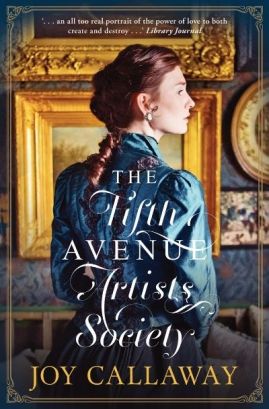
Growing up with a large family of sisters in poverty, Bronx-based Virginia Loftin knows she’s not supposed to dream big. Still, she dreams every day of becoming a famous novelist and that the boy next door will sweep her away. After he proposes to another, Virginia turns to write and rewrite her version of a HEA. On one 1891 trip to a salon in the more affluent part of town, in which fellow artists (and men) take interest in her, Virginia sees an opportunity to forge her path.
Opium and Absinthe by Lydia Kang
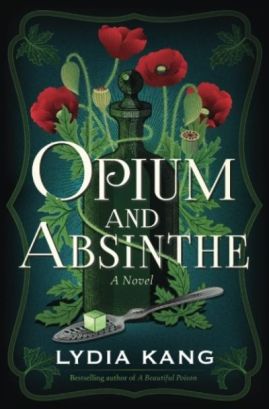
Tillie Pembroke finds that her sister is dead with two puncture wounds on her neck and drained of blood. It has been two years since the 1897 publication of Bram Stocker’s Dracula. Obsessed with finding the truth, trying to prevent her imagination from running wild, and treating a recent neck injury, Tillie takes more and more laudanum. This results in Tillie growing increasingly paranoid of her NYC surrounding and friends.
(image: HBO)
—The Mary Sue has a strict comment policy that forbids, but is not limited to, personal insults toward anyone, hate speech, and trolling.—
Have a tip we should know? [email protected]
